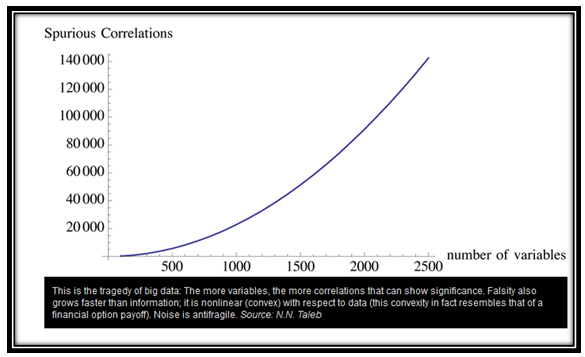Living with a cloud – paradigm shift in the way we work Part 3
In this third post in this series, I will discuss abstraction more in detail. The objective here is to ultimately lead to convergence of user and the technology.
Driving the cloud engine
Carrying forward the analogy of a car driver, let’s look at cloud adaptation. Assuming that an organization has not committed itself completely to the cloud, but has a mixed portfolio of online infrastructure – some dedicated servers and a bit of cloud services. Like I have said earlier, large enterprises like to move slowly and with reason. As such, the earlier order of things was organized, in the sense that dedicated servers were reserved for specific activities. As a result, one part of the enterprise did not know what the others were doing, though infrastructure may have been controlled centrally by the technology group. Everyone was happy with this setup.
Cloud Changes The Order
Enter the cloud and there is bound to be disruption in the way things are organized. There are no dedicated servers reserved for a specific activity and this means relinquishing control of infrastructure. Moreover, management has to get used to driving the car without really understanding what is happening under the hood. This may look like a simple problem but the psychological effect can be devastating. Not knowing the mechanism of operation is something the management has the live with. This is an abstraction layer which the cloud has unwittingly introduced into the system. Instead of giving instructions to the driver, the management itself has taken over the wheel. It will take time for management to adjust to the new way of doing things.
The cloud abstraction
There is no doubt that the cloud will win. Meanwhile, managements are going to struggle with the changed order due to the introduction of cloud. The management will be forced to become the driver which is great for enterprises. They can now focus on their primary activity – that of selling their products and services rather than spending enormous amount of time managing the infrastructure. This is where a paradigm shift in the role of management will occur. Those organizations which successfully maneuver their mindset and way of working will transition smoothly into the cloud, leading to massive savings in infrastructure costs. Looking at it from a different angle, those organizations which try to balance the old way of working with the new will totter. Neither will they be able to fully absorb the new management culture, nor will they save from redundancies created in their technical setup. This is where organizations need to focus. A reorientation and revamping of roles within the management must happen along with adaptation of cloud technology.
Facilitating the changeover
Here I foresee the emergence of a new breed of consultants. They would facilitate enterprises to appreciate and adapt to operations which are more abstract and happen under the hood. There is no reason for the drivers to know the mechanism but yet feel completely in control. What happens if their motor stalls during their journey? They would do the same as you would, if your car stalls – call the mechanic.
Be Part of Our Cloud Conversation
Our articles are written to provide you with tools and information to meet your IT and cloud solution needs. Join us on Facebook, Twitter and Pinterest.
About the Guest Author:
 Sankarambadi Srinivasan, ‘Srini’, is a maverick writer, technopreneur, geek and online marketing enthusiast rolled into one. He began his career as a Naval weapon specialist. Later, he sold his maiden venture and became head of an offshore Database administration company in Mumbai. He moved on as Chief Technology Officer of one of the largest online entities, where he led consolidation of 300 online servers and introduced several Web 2.0 initiatives. He holds a Master’s degree in Electronics and Telecommunication.
Sankarambadi Srinivasan, ‘Srini’, is a maverick writer, technopreneur, geek and online marketing enthusiast rolled into one. He began his career as a Naval weapon specialist. Later, he sold his maiden venture and became head of an offshore Database administration company in Mumbai. He moved on as Chief Technology Officer of one of the largest online entities, where he led consolidation of 300 online servers and introduced several Web 2.0 initiatives. He holds a Master’s degree in Electronics and Telecommunication.






 Sanjay Srivastava has been active in computing infrastructure and has participated in major projects on cloud computing, networking, VoIP and in creation of applications running over distributed databases. Due to a military background, his focus has always been on stability and availability of infrastructure. Sanjay was the Director of Information Technology in a major enterprise and managed the transition from legacy software to fully networked operations using private cloud infrastructure. He now writes extensively on cloud computing and networking and is about to move to his farm in Central India where he plans to use cloud computing and modern technology to improve the lives of rural folk in India.
Sanjay Srivastava has been active in computing infrastructure and has participated in major projects on cloud computing, networking, VoIP and in creation of applications running over distributed databases. Due to a military background, his focus has always been on stability and availability of infrastructure. Sanjay was the Director of Information Technology in a major enterprise and managed the transition from legacy software to fully networked operations using private cloud infrastructure. He now writes extensively on cloud computing and networking and is about to move to his farm in Central India where he plans to use cloud computing and modern technology to improve the lives of rural folk in India.



